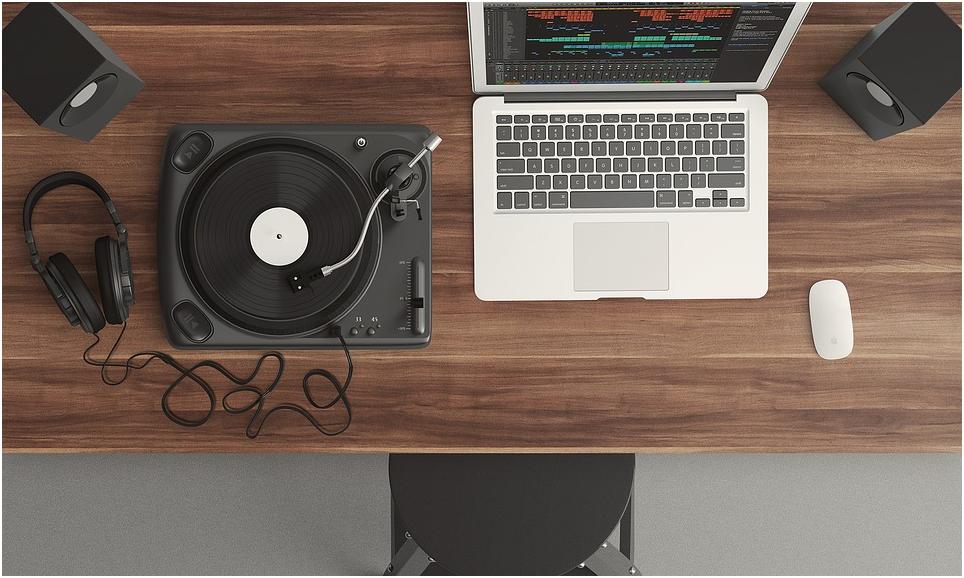The way that technology interacts with entertainment is constantly changing. New tech innovations change the way we make and even listen to music. First were the changes from records to tape, then CDs and now digitally shared tracks. Then throughout the ’80s and ’90s, our headphones, speakers, and listening devices also underwent rapid transformation.
Here are some of the major ways that technological innovations are shaping today’s music. The future is vast and has few limits in terms of new ways to consume media. Let’s see where we’re headed.
1) Social Media and Digital Platforms
Social media drastically changes the type of projects being produced. As digital platforms become the leading source of music, accessibility widens. More artists are producing tracks for cheaper, and without having to perform at live venues, they are reaching wider massive audiences – sometimes even on a global scale. An artist could create an entire career out of self-producing in their bedroom.
This means that far more young artists are rising through the ranks and creating thought-provoking new sounds. It also means that self-promotion is easier. You don’t need to purchase ad space or hang flyers all over town to get important people to hear your music. Sharing to social media platforms like Twitter or Instagram can help you gather a fan base for your work. There are even fundraising sites that allow your fans to contribute financially to your work.
2) User Optimized Headphones
As music changes, so do the ways that we listen. Noise-canceling technology and over ear headphones for listening to music make for an immersive sound experience.
You can purchase headphones in a wide variety of styles, designed for different types of listening experiences. Discreet earbuds or pods are perfect for long train rides to work. Larger, studio headphones are more comfortable, and music producers prefer these for mixing new tracks.
Headphones can even be customized with plugs to match your most-used devices. The typical aux plug is great for most pre-Bluetooth cars and some phones. Some prefer the new iPhone plug, which is specific to the brand’s smartphones. And speaking of Bluetooth, many headphones today are Bluetooth-compatible. You don’t need to mess with messy tangled cords to listen to your favorite songs.
3) Looping and Live Sound
Technology isn’t just for digitally producing music. It can also be used for live performances. One trend that is growing in the industry: one-man bands.
You may picture the traditional one-man band with a drum strapped to his back, bells tied to his toes, and a harmonica in his mouth. With new technology, all this musician needs is a keyboard or a panel of buttons.
Bands can use loop pedals to play a duet with themselves onstage. They can use these for guitar, bass, vocals, and more. The benefit here is that they can achieve a much fuller sound with only a few or even just one musician onstage.
Technology also influences tone and amplification. One hundred years ago, a ukulele could not fill a concert hall. With the help of amplification technology, today, it can. This means that a lot of quieter or smaller instruments are becoming more widely popular for major concert performers.
The Bottom Line
As new technology emerges, it makes its way into the hands of musicians. These musicians blend their artistic styles with the capability of innovative technology to create brand new, exciting sounds. This is the same with listening and digital self-promotion. Technology helps musicians and music lovers to expand on what it means to make and to listen to music.











